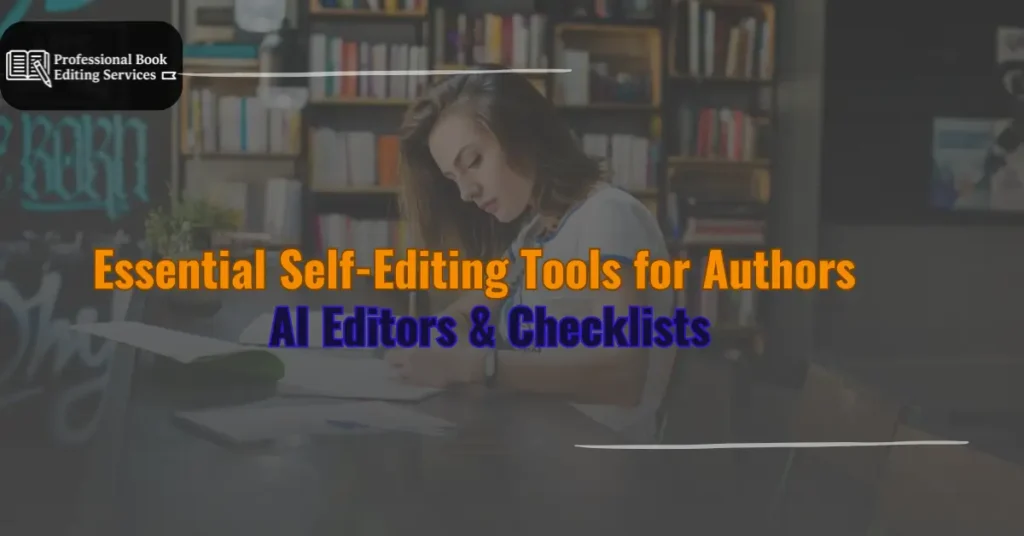Most authors focus their entire marketing energy on the weeks leading up to their book launch. There are newsletters, teaser posts, preorders, maybe a launch party or an ad campaign. But what happens after release week?
If you’re not promoting your book anymore, chances are no one else is either.
That’s why long tail book marketing matters. It’s about creating a strategy that goes beyond launch day, one that keeps your book discoverable, relevant, and continuously selling long after the initial buzz fades.
You don’t need to push your book constantly, but smart, consistent efforts can keep it visible for months, or even years.
What Is Long Tail Book Marketing?
In publishing, “long-tail” refers to ongoing, sustainable book promotion. Instead of focusing only on spikes of activity like release day or awards, this approach builds a slow, steady stream of attention.
This strategy involves things like content marketing for authors, email marketing for authors, and updating book metadata optimization over time. These are evergreen tools that help new readers find your book again and again.
The long-tail model also supports multiple titles. If you’re planning to write more, it helps keep earlier books visible while you promote your latest. This kind of steady marketing is especially useful when you’re cross-promoting books in a series or connected universe.
Why You Can’t Rely on Launch-Only Marketing
Short bursts of visibility don’t lead to sustained sales. A book can easily fade into obscurity after its first month if there’s no strategy to support it.
Even books backed by a strong preorder campaign often stall after launch without follow-up efforts. And unless you’re a household name, algorithms won’t work in your favor without new data, such as updated keywords, consistent engagement, and new reviews.
For indie authors and small publishers, post-launch marketing is not optional. It’s the only way to stay relevant.
Create Evergreen Content That Brings Readers In
A strong, consistent content strategy is a key pillar of long-tail success. This includes writing blog posts, author newsletters, and guides related to your book’s themes or genre.
For example, if you’ve written a mystery novel, a blog post like “How to Plot a Page-Turning Whodunit” can attract writers and readers alike. Over time, this content drives traffic to your site and your book.
This approach ties into author platform building. A blog, an active newsletter, or even guest articles on other sites build your digital footprint and improve your discoverability on search engines. It also signals to readers that you’re active and invested in your work.
And if you’ve used professional help, such as book editing services, sharing your experience with those services can be both informative and searchable content.
Revisit and Refresh Your Metadata
Your book’s metadata isn’t just a set-it-and-forget-it task. Updating your title’s keywords and categories on retail platforms like Amazon can make a real difference.
Many authors don’t realize that Amazon book page optimization can be adjusted post-launch. If your book isn’t ranking well, experiment with different keywords. You can also update your book description for clarity, change your subtitle to better match searches, or even swap out your categories.
This form of book metadata optimization is especially valuable for genre fiction. If you write romance, fantasy, or thrillers, readers often find books by browsing keyword-driven categories. Keeping your metadata updated increases visibility, which directly supports long-tail sales.
Promote Backlist Titles to New Readers
Your earlier books still have value. If you’re releasing a new title, use it as a chance to spotlight your older work.
Mention past titles in newsletters. Bundle older books with your new one. Offer discounts on the first books in a series. These are all effective ways to revive interest.
This works particularly well when cross-promoting books that share a world or theme. Readers who enjoy one book often want more of the same. Give them a clear path to get there.
Don’t forget to keep gathering reviews. Implement ongoing book review strategies to get fresh feedback and credibility. Many readers won’t buy a book with no recent reviews, even if it has good ratings overall.
Keep Readers Engaged Through Email and Social Media
Consistency is key. Even if you’re not launching a book, stay connected with your readers.
Use email marketing for authors to share updates, blog links, or exclusive content. Highlight a different book from your catalog each month. Share behind-the-scenes details. Give readers a reason to open your emails even between launches.
On social media, keep posting regularly, but focus on value. Promote your books, yes, but also discuss topics your audience cares about if you’re writing fantasy, post about world-building. If your books are memoir-based, share writing prompts or real-life insights.
This is where social media strategies for authors make a difference. Be consistent, authentic, and always link back to your books.
Get Creative with Long-Tail Promotions
There are many ways to breathe new life into your book promotion efforts:
- Launch a book trailer creation project to use on YouTube or social platforms.
- Run book giveaways and marketing campaigns on Goodreads or Instagram.
- Plan seasonal book signing events at local stores, libraries, or conventions.
- Collaborate with other writers for influencer marketing for authors through podcasts or Instagram takeovers.
The goal is to create recurring visibility. Think beyond one-time campaigns and look for ways to reintroduce your book to new audiences.
Track What’s Working
Set aside time each quarter to review your long-tail efforts. Which blogs are bringing traffic? Are your keywords helping your book appear in more searches? Is your email list growing?
The answers will help you refine your strategy. And over time, your ability to market smarter, rather than louder, will give you a real advantage.
Authors who rely on long-tail tactics often spend less but sell more over time. They know what connects with readers and build on it.
If you’re working with a team or coach, these insights are also valuable when discussing book editing tips, design updates, or launch strategies for future books.
Conclusion
Long tail book marketing is about the slow burn, not the flash. It’s what keeps your book discoverable long after its launch window has closed. And it works for all kinds of authors, whether you’re publishing your debut or managing a growing backlist.
Focus on content that lasts, metadata that evolves, and consistent communication with your readers. Add smart promotion through giveaways, social media, and collaborations. Keep testing, learning, and adjusting.
With the right strategy, you can turn one book launch into long-term momentum and build a career that lasts.





